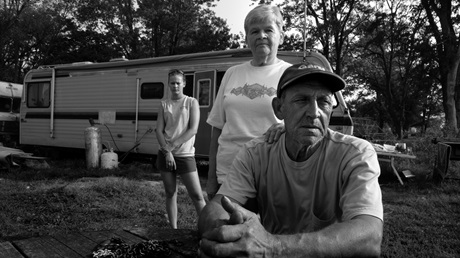This election has urban evangelicals paying more attention to the plight of small-town America.

I never saw the Donald Trump phenomenon coming. Even as someone with many conservative friends and family members, I didn’t know anyone who supported him during his Republican run. But nearly everyone I know either has a college degree—which statistically narrowed one’s chance of voting for Trump in the primaries—or lives in a city, or both.
Trump’s ascent ultimately revealed a large demographic of Americans who were off my radar. Early primary polls showed that his supporters were more likely than voters overall to be poor, white, without higher education, and from rural counties or small towns. Though class conflict and rural/urban divides are not one and the same (there are people of all classes in small towns and in cities), their overlap exposes profound class and cultural divisions in America.
Many evangelical leaders have publicly grappled with Trump’s popularity. As America clusters in cities and suburbs—now home to a record 80 percent of the population—our church planting, poverty relief, and outreach ministry have shifted accordingly. For many, rural communities and small towns are faceless places we road-trip through on our way somewhere else.
The rise of Trump brought for me conviction of sin: I did not have ears to hear and take seriously the suffering and frustration of impoverished whites in what one reporter has called “the vast open reaches of the country.” Many small-town and rural communities face unprecedented crisis. Their pain is now driving our national political life.
Since the 1990s, evangelicals have increasingly focused on “strategic” church planting in elite centers of cultural impact. Pastors like Timothy Keller helped us rediscover …





